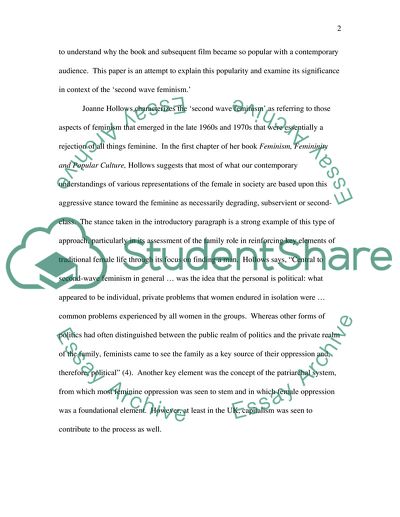Cite this document
(“Bridget Jones Diary as the New Feminism Essay Example | Topics and Well Written Essays - 2000 words”, n.d.)
Bridget Jones Diary as the New Feminism Essay Example | Topics and Well Written Essays - 2000 words. Retrieved from https://studentshare.org/music/1555083-bridget-jones-diary-as-the-new-feminism
Bridget Jones Diary as the New Feminism Essay Example | Topics and Well Written Essays - 2000 words. Retrieved from https://studentshare.org/music/1555083-bridget-jones-diary-as-the-new-feminism
(Bridget Jones Diary As the New Feminism Essay Example | Topics and Well Written Essays - 2000 Words)
Bridget Jones Diary As the New Feminism Essay Example | Topics and Well Written Essays - 2000 Words. https://studentshare.org/music/1555083-bridget-jones-diary-as-the-new-feminism.
Bridget Jones Diary As the New Feminism Essay Example | Topics and Well Written Essays - 2000 Words. https://studentshare.org/music/1555083-bridget-jones-diary-as-the-new-feminism.
“Bridget Jones Diary As the New Feminism Essay Example | Topics and Well Written Essays - 2000 Words”, n.d. https://studentshare.org/music/1555083-bridget-jones-diary-as-the-new-feminism.


